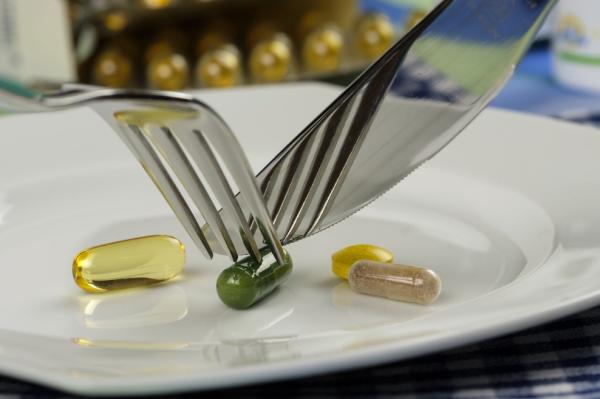Dietary supplement use, albeit nutritional products or alternative medicines, is a very lucrative industry that is for the most part riddled with overly auspicious claims in support of the notion they are a panacea.
Such faulty, unsubstantiated beliefs abound, yet still these by and large unregulated substances manage to enhance the bottom line of countless companies - making them a multi-billion dollar business especially in the adult sphere. Due to the many preventable adverse drug reactions they cause, a team of researchers set out to quantify their use in the pediatric and adolescent populations where such intake data is unclear.
How was this studied
In a letter just published in JAMA Pediatrics, scientists used National Health and Nutrition Examination Surveys (NHANES) to ascertain the prevalence of supplement use in children and teens (aged 0-19). They reviewed six 2-year cycles that spanned from 2003 to 2014 and 4,404 participants. For those under age 16 who could not complete the questionnaire themselves, their parents did it.
In a household interview, enrollees were asked if they had “used or taken any vitamins, minerals, herbals, or other dietary supplements in the past 30 days.” Those answering in the affirmative showed the containers to the interviewer for all of the products they used. Nutritional ones were deemed mainly to include vitamins or minerals while Alternative items were “herbal, nonvitamin, or nonmineral supplements. Each supplement was further classified by its primary use (eg, bodybuilding) or its primary ingredient (eg, ω-3 fatty acids).”
Their main findings (see source here)
"Significant sex differences" were observed in adolescence, with girls prioritizing “iron, calcium, multivitamins, and single vitamins, particularly vitamin B products” and boys “ ω-3 fatty acid supplements and bodybuilding supplements.”
The Take Home Message
Overall, over a third of kids are using dietary supplements. Not only do most have questionable benefits, they also can contribute to untoward events and do considerable harm. Abnormal electrical rhythms (aka arrhythmias) and other dangerous cardiovascular adverse effects are increasingly correlated with their use.
Though there is merit to use of iron supplementation, for example, in an anemic, heavily menstruating adolescent female, this can be safely implemented when under the care of a physician and proper monitoring is in place. Overload and use alone, which often requires higher doses given their less effective absorption, can cause secondary problems and the goal is not lifetime or endless intake. There is no superior method of absorbing nutrients than through eating foods rich in dietary iron (eg green leafy vegetables, beets), it is most bioavailable in this manner when digested through an intact gut. But, the risks and benefits of supplement use need to be weighed against the clinical status of the patient and how symptomatic her anemia, her other medications that could pose eventful interactions and strategies used with an ending, attainable goal in mind.
The problems arise when any and all forms of these dietary supplements are taken at random, in unknown quantities in single and multi-drug fashion, without medical oversight and monitoring, and their use is withheld from the discussion in their pediatrician’s office. Doing so can cause harm, especially if other medications or disease states are in play. There is a rampant false belief that these products are safe. Often, due to undiagnosed conditions, their use can pose especially risky. In those otherwise healthy, arbitrary use at unknown levels can create problems for problems that never existed.
Talking about vitamins and supplements should be a standard component of a child’s well examination and be included in ongoing discussions with their treating physician. This, of course, applies to adults as well. Protein powders and other bodybuilding tools can do damage (eg kidney, heart). Excessive Vitamin D and calcium can overwhelm multiple organ systems (see here and here). Just because they are over-the-counter does not make them less hazardous than a prescribed medicine. The specific ingredient and dose informs more on potency. In fact, since they are less regulated, standards and consistency are not typically met - look no further than teething remedies containing the poison belladonna or benzocaine-containing topical anesthetics ultimately banned by the U.S. Food and Drug Administration (see here and here).
Knowing what you are actually ingesting is half the battle to maintaining good health and wellness.




